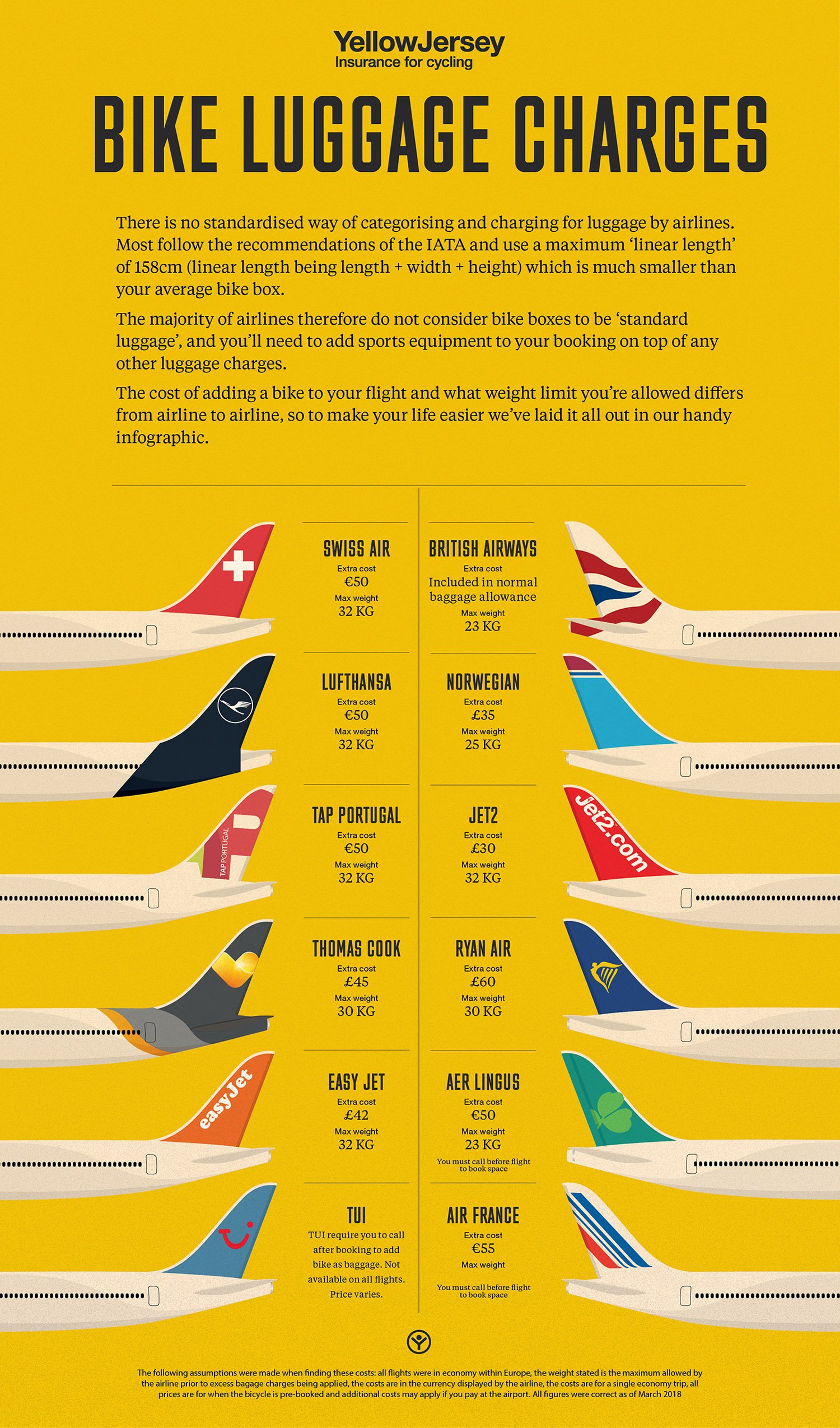
Marketing Strategy
Put simply, a marketing strategy is the plan of action behind achieving your goals. Making a plan will help you market more effectively. A good plan will identify a variety of activities including the content you’ll create, the medium and frequency you’ll share and the events you’ll attend to name just a few. A well thought through and researched plan will give you clear direction and make success much more likely than a haphazard, knee jerk reaction to marketing.
Marketing Cycling Businesses – Digitally
Your website should be central to your marketing strategy.
When was the last time you took an analytical, objective look at your website?
Have you had an expert glance over it? If not, here are some simple questions you can ask yourself:
1. Is it immediately obvious what you do?
2. Does your website look the part? Is it attractive and enticing?
3. Can customers find what they want quickly and easily?
4. Does it respond to both mobile and tablet devices?
5. Is the pricing clear?
6. Are your contact details obvious, including social media?
7. Do you use customer reviews about your product or service? (third party services such as Feefo and Trustpilot)
8. Is your stock up to date?
9. Does your site have an obvious call to action?
10. Do you use Google Analytics to measure meaningful data?

Have you thought about SEO?
In part, search engine optimisation (SEO) is about improving the experience of the user. Google is placing user experience (UX) at the heart of how it develops its algorithm in 2018 – ensuring you provide an engaging experience, combined with vibrant content, is a critical part of your success online.
Trying to understand why a customer is searching for something can help improve their experience and inform what content your site should have.
- Is it to buy something? – a transactional search
- Or is to learn something? – an informational search
Regardless, websites need fresh content updated every few weeks to help with SEO. Good content (read our guide to content marketing) doesn’t have to be written – stock images or pictures of a recent ride can be interesting. Video pieces can be quick introductions to what you do or offer, and these days can be made using a phone and free editing suites.
Good content can help build links, which are also important for SEO – do other people, bloggers and companies link to your site and how do you promote this behaviour? In the formative years of SEO strategy this would involve setting up a “link-building” strategy, but now a better way of understanding how to gain links is to set up a “link earning.” strategy.
Tip – one way to earn links is through content marketing, which can include you writing guest blogs.
Have you set up social media accounts?
Social media can be set up in under an hour, and these accounts give a direct link to your website and an alternative avenue for you to engage with customers.
Facebook, Instagram, Twitter, Google+, YouTube and Pinterest all have their own nuances, but initially they are free (although there can be good value in targeted paid promotions).
Tip – Do you ‘over promote’? Understand that only one in seven posts should be a promotion. Customers need to build trust, they don’t want to get a constant sales pitch. If your content is good then social media is a good way to share it and another way to get links to your site. With social media you should always ask questions, start conversations, and offer expertise and opinion.
Technical SEO
Your website needs to be in-shape behind the scenes. This means it has to run quickly, respond on mobile devices and display relevant information clearly.
Small but significant factors like the title tag need to be considered. There’s no need to over think it, use a title that best describes the content, which in turn should naturally contain your keywords.
There’s a plethora of areas that technical SEO covers. Aside from the above, the main areas you need to consider are: friendly URLs, heading tags, logical internal linking and site speed – the list goes on!
Tip – Never stuff a title tag full of keywords.

content or technical SEO?
Both are important. If your technical SEO isn’t in order, then your site doesn’t work. But if your site is technically flawless but has no content or links pointing at it, Google won’t credit it with the weight to rank well for your desired search terms. It’s important to take a well-rounded approach, covering both on and off-site factors.
Marketing Cycling Businesses – Offline
It may seem impossible to believe, but there are lots of people who don’t use social media or even the internet (shock, gasp, horror!). Think about how you promote your brand to your core audience. If your business relies on local trade look at community events, smartening up your shop-front branding could be a cheap but important gain.
Local advertising can still have its place, but be targeted – only advertise if you are sure a large number of your core clients will see it.
If you attract clients nationally look at attending shows and events with a similar demographic such as large sportives or trade shows.
A great first impressions is imperative, make sure you and your staff look pro. This could mean purchasing branded polos or jackets to be worn every day, or ensuring you have top spec vehicles and vans. Branding your vehicle is another way to make sure your visual identity is getting out there, it may even be a better option to lease a van to save on costs when upgrading.
And finally…
If you’re looking for something to spice up your latest customer email or blog, why not use our handy infographic of bike luggage charges on European airlines? Just remember to give us a credit and a referring link!
Embed this graphic on your site
